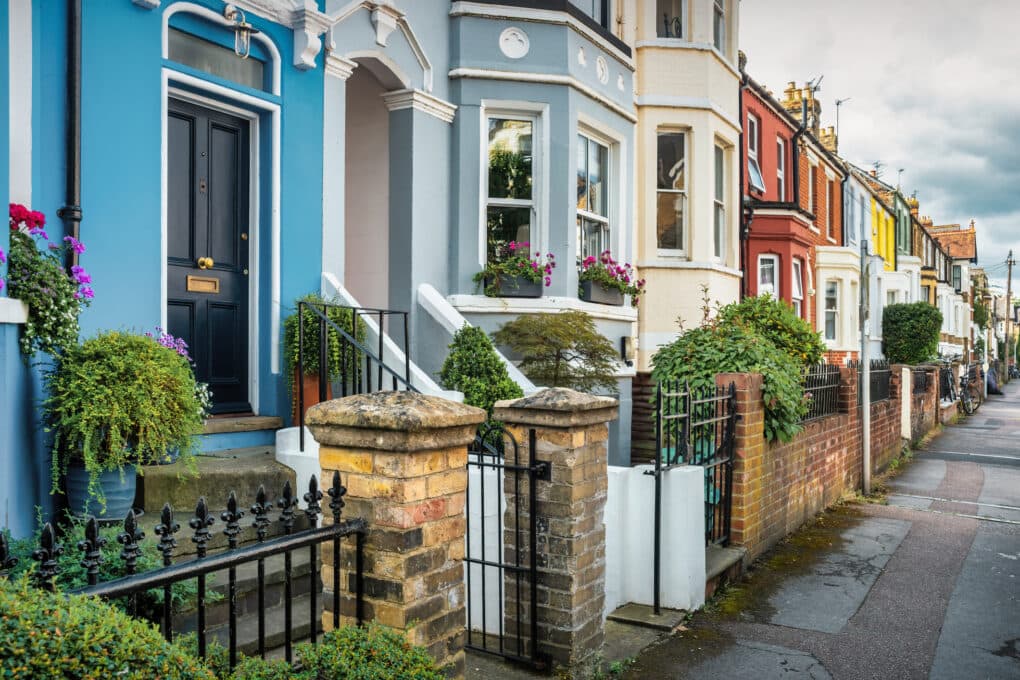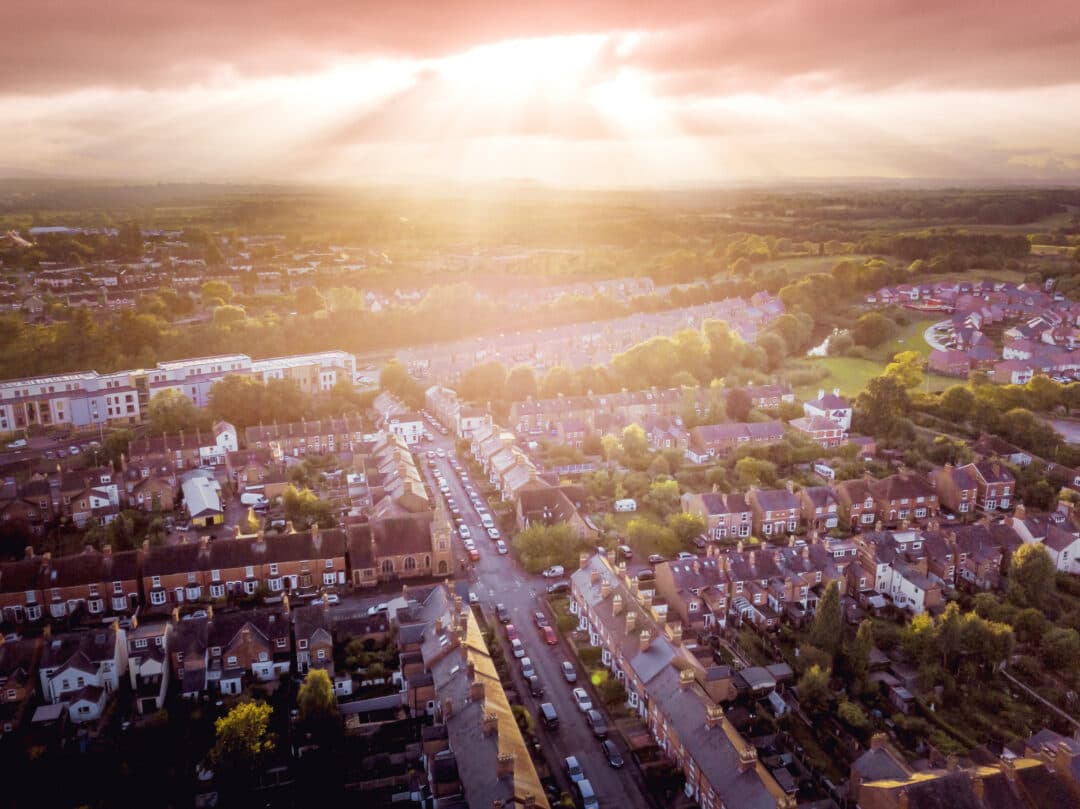Fire Door Safety Q&A: Regulations, Checks and Compliance

Fire Door Safety Q&A: Regulations, Checks and Compliance
You may not give them too much thought, but doors – especially fire doors and flat entrances – remain one of the most vital aspects of building safety. At Viewber, our fire door safety check service continues to be one of our most popular and essential. Read on for the latest fire safety regulations, updates, and how we can help you keep tenants safe and your buildings compliant.
Q. Are there new fire safety regulations?
The Fire Safety (England) Regulations 2022, which came into effect on 23rd January 2023, are now firmly embedded. While not brand new, they still represent a recent and significant shift in building safety. These Regulations brought into law the majority of recommendations made in the Grenfell Tower Inquiry Phase 1 report.
Regulation 10 is particularly important, as it requires routine checking of fire doors to prevent the spread of fire and smoke in multi-occupied buildings.
Q. Who is responsible for fire door checks?
Checks must be carried out by the ‘responsible person’, usually the freeholder, landlord, or managing agent. Importantly, it is a criminal offence to breach Regulation 10 or any other part of the Fire Safety (England) Regulations 2022.
Q. Do I need an expert to carry out fire door checks?
Not necessarily. Routine fire door checks are designed to be straightforward, ensuring that:
-
Doors are in good repair.
-
Self-closing devices are working.
-
Frames, seals, and ironmongery are intact.
The Government confirms that these checks are basic visual inspections – you don’t need to be a fire safety specialist to complete them.
Q. What does a fire door safety check involve?
A Viewber undertaking a fire door safety check will follow a detailed checklist, including:
-
Identifying if the door is original or a replacement.
-
Checking for damage, warping, rot, or holes in the door, frame, or wall.
-
Inspecting letterboxes, glass panels, fittings, intumescent strips, smoke seals, and ironmongery.
-
Measuring gaps between the door and the frame.
-
Testing that the door self-closes effectively.
All findings are logged, giving you an audit trail for compliance.
Q. How do I know if the regulations apply to my property?
Regulation 10 mainly affects blocks of flats, both social and private rental. If the top storey of your building is above 11 metres in height (typically five storeys or more), the responsible person must:
-
Check communal fire doors every 3 months.
-
Use best endeavours to check flat entrance doors at least once every 12 months.
Q. Do flat entrance doors need checking?
Yes. The Fire Safety Act 2021 confirmed that flat entrance doors fall within fire risk assessments required by the Fire Safety Order. These checks require access inside the property so both sides of the door can be inspected.
Q. What about buildings under 11 metres?
Even if your building is below 11 metres, fire door checks still matter. The Fire Safety Act 2021 clarified that any residential building containing two or more homes falls under the Fire Safety Order. The latest Regulations add to – not replace – existing responsibilities.
Q. How does this link to Awaab’s Law?
Awaab’s Law, introduced following the tragic death of Awaab Ishak, requires social housing landlords to carry out urgent repairs on serious health and safety issues – including fire hazards.
Currently, this law applies only to the social housing sector, but the Renters’ Rights Bill, making its way through Parliament, proposes extending it to the private rental sector too.
Q. What are the repair timeframes under Awaab’s Law?
Social landlords must:
-
Investigate hazards within 14 days.
-
Begin repairs within a further 7 days.
-
Complete emergency repairs within 24 hours.
If the Renters’ Rights Bill passes unchanged, these same rules will apply to private landlords and letting agents.
Q. Are there any other fire safety checks to know about?
Yes. The Smoke and Carbon Monoxide Alarm (Amendment) Regulations 2022 require landlords (private and social) to:
-
Provide working smoke and carbon monoxide alarms.
-
Check alarms are functional at the start of every new tenancy.
Viewber can carry out and record these tests, ensuring compliance while saving landlords additional site visits.
Q. How else can I improve tenant fire safety?
One growing best practice is the Person-Centred Fire Risk Assessment (PCFRA). These assessments identify vulnerable tenants most at risk, ensuring they are protected and, if necessary, provided with a Personal Emergency Evacuation Plan (PEEP).
When booking a Viewber for a PCFRA, they’ll look for signs of tenant vulnerability, assess escape options, and recommend tailored safety measures.
Stay Compliant with Viewber
Fire door and tenant safety remain under intense regulatory focus in 2025. Viewber can help you stay compliant, reduce risk, and provide a clear audit trail of safety checks.
With thousands of Viewber Members across the UK, we’re here to support your fire safety schedule – giving landlords, agents, and building managers peace of mind.




